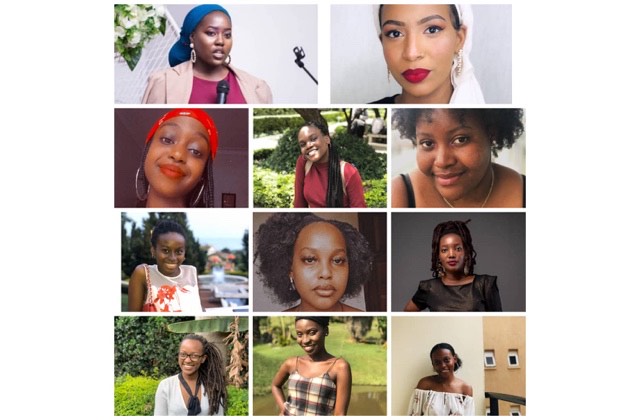 For developing countries, all forms of gender-based violence can be detrimental to socio-economic progress. Prior to the COVID-19 pandemic, 43% of Ugandan women aged 25 to 29 were married before turning 18. About 20% of Ugandan women between 15 and 49 years of age had experienced sexual violence in their past compared to 10% of the men who have reported the same. In order to manage gender-based violence, countries need sustainable, funded and functional medical and gender justice institutions. According to data from UNWOMEN, Uganda still needs a lot of work in this area. Ugandan women between the ages of 15 and 49 often face obstacles when trying to access sexual and reproductive health. Additionally, the country lacks effective legal frameworks to promote gender equality with a focus on violence against women.
For developing countries, all forms of gender-based violence can be detrimental to socio-economic progress. Prior to the COVID-19 pandemic, 43% of Ugandan women aged 25 to 29 were married before turning 18. About 20% of Ugandan women between 15 and 49 years of age had experienced sexual violence in their past compared to 10% of the men who have reported the same. In order to manage gender-based violence, countries need sustainable, funded and functional medical and gender justice institutions. According to data from UNWOMEN, Uganda still needs a lot of work in this area. Ugandan women between the ages of 15 and 49 often face obstacles when trying to access sexual and reproductive health. Additionally, the country lacks effective legal frameworks to promote gender equality with a focus on violence against women.
Frauen Initiative Uganda
Frauen Initiative Uganda is an organization of 22 women who help victims of sexual violence find safe spaces. It was created when young women in Uganda mobilized over social media to create an organization in response to the rising cases of sexual violence during Uganda’s first national COVID-19 lockdown in 2020. Safina Virani, co-director of Frauen Initiative Uganda, told The Borgen Project in an interview that while reports of rape were swarming the media, there was little being done to help the rape victims. “The founders and I recognized that something had to be done for the rape victims. From that thought, we decided to create an organization that provides legal, medical and psychological aid for free to rape victims,” she explained.
Frauen Initiative Uganda offers three main services for free to victims of sexual violence in Uganda:
- Medical aid. The initiative provides rape kits and medication to protect victims from contracting HIV. This is the most basic of medical examinations recommended to rape victims but getting $5 is hard to come by for most Ugandan rape victims.
- Psychological aid. To deal with the trauma of gender-based violence, Frauen Initiative Uganda offers a way for victims to access psychological help. This proves to be the most costly as securing mental health requires ongoing therapy sessions.
- Legal aid. Frauen Initiative Uganda has partnered with the Women’s Probono Initiative, a non-profit that advances women’s legal representation through pro bono work. This has been important in ensuring justice is achieved.
The Shadow Pandemic in Uganda
The “shadow pandemic” is a phenomenon that recently occurred due to emerging data from all over the world showing all types of violence against women and girls amid the COVID-19 pandemic. As COVID-19 continues to strain health facilities across the world and as more infectious coronavirus variants spread through the developing world, domestic violence shelters and facilities have reached their capacities. Uganda is hardly an exception. The country became a statistic of the shadow pandemic with studies showing that about 46% of women faced a fear of violence as the COVID-19 crisis heightened. About 22% of the women experienced sexual or gender-based violence during the first national lockdown in 2020; such cases had increased by over 3,000 with a little over 1,000 being reported to the police.
Economic Challenges, Barrier to Justice
The economic impact of COVID-19 in Uganda has had implications on gender-based violence. It was cited in a UNDP report that women would face economic disadvantages due to the pandemic restrictions in Uganda. This would expose them to violence, especially women who live with abusive partners.
The economic downturn also has impacts on the work of Frauen Initiative Uganda. Safina Virani explained that due to the economic challenges in Uganda, it is difficult to carry out operations. While Frauen Initiative Uganda has a hard time reaching victims, it becomes more daunting in rural areas. In these areas, gender-based violence rates are highest and low incomes prevent women from accessing internet-enabled devices to seek help.
Even if victims of gender-based violence access internet devices, Uganda’s internet tax makes it difficult to benefit from internet services. Starting July 2021, all Ugandans are charged a levy to access the internet. The government claims it uses this levy to raise revenue for inclusive growth, development and industrialization. Before this new economic restriction, one had to pay a social media tax to use platforms such as WhatsApp or Facebook.
Despite these economic obstacles, Frauen Initiative Uganda finds ways to maintain its operations. All members of the organization contribute a little over $1 monthly. “Our team members are usually generous enough to donate more than their allocated amount,” Safina Virani said.
Using Online Platforms to Achieve Success
Despite the digital divide between men and women in Uganda, fighting gender-based violence during the COVID-19 pandemic can be successful. The digital gender gap in Uganda is around 43% with women having less access to internet services mostly due to economic reasons. However, Frauen Initiative Uganda has been able to achieve a few successes.
In a moving story, Frauen Initiative Uganda was able to apply pressure on online platforms controlled by the government. The organization did this to find a young teenage girl who was raped by a soldier, then subsequently kidnapped to force her to have an abortion. An active Twitter hashtag campaign was launched by members of the initiative. “Even though the soldier was never convicted, Frauen Initiative Uganda sees this as a life saved thanks to our actions,” Safina Virani added, explaining that the girl may have never been returned.
In response to fighting gender-based violence, it is important to recognize the role of NGOs such as Frauen Initiative Uganda.
– Frank Odhiambo
Photo: Flickr
 Human trafficking is an urgent and pressing issue in the Central European nation of Hungary. The U.S. Department of State ranks Hungary as a
Human trafficking is an urgent and pressing issue in the Central European nation of Hungary. The U.S. Department of State ranks Hungary as a 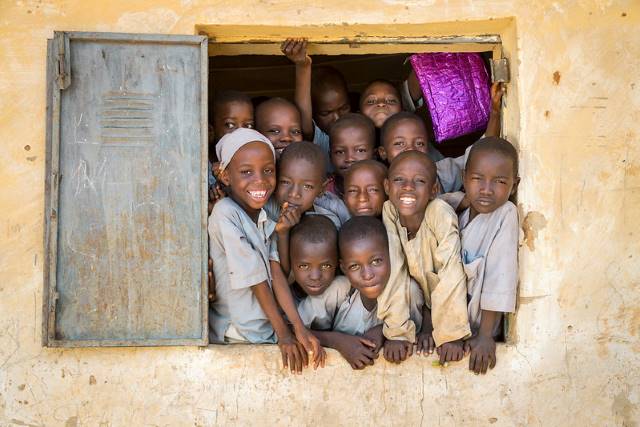 Nearly 200 million people currently live in Nigeria. Out of all the children in the world who are not attending school,
Nearly 200 million people currently live in Nigeria. Out of all the children in the world who are not attending school, 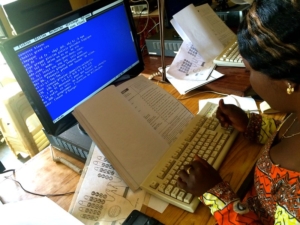 In today’s digital age, the internet is a norm in many people’s lives, as
In today’s digital age, the internet is a norm in many people’s lives, as  In recent years, there has been a multitude of technological innovations implemented in low-to-middle income countries (LMICS) to alleviate poverty and enhance health outcomes. However, mental health, and specifically maternal mental health, has been largely unaddressed. Postpartum depression (PPD) is one of the most common complications of childbearing and disproportionately affects women in LMICs. In Jordan, postpartum depression affects
In recent years, there has been a multitude of technological innovations implemented in low-to-middle income countries (LMICS) to alleviate poverty and enhance health outcomes. However, mental health, and specifically maternal mental health, has been largely unaddressed. Postpartum depression (PPD) is one of the most common complications of childbearing and disproportionately affects women in LMICs. In Jordan, postpartum depression affects 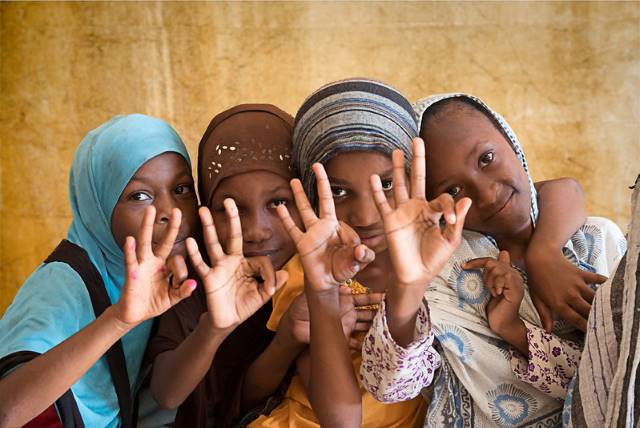 Around the world, many young girls are without access to basic health and educational resources. Research has shown that gender equality and women’s empowerment initiatives are
Around the world, many young girls are without access to basic health and educational resources. Research has shown that gender equality and women’s empowerment initiatives are 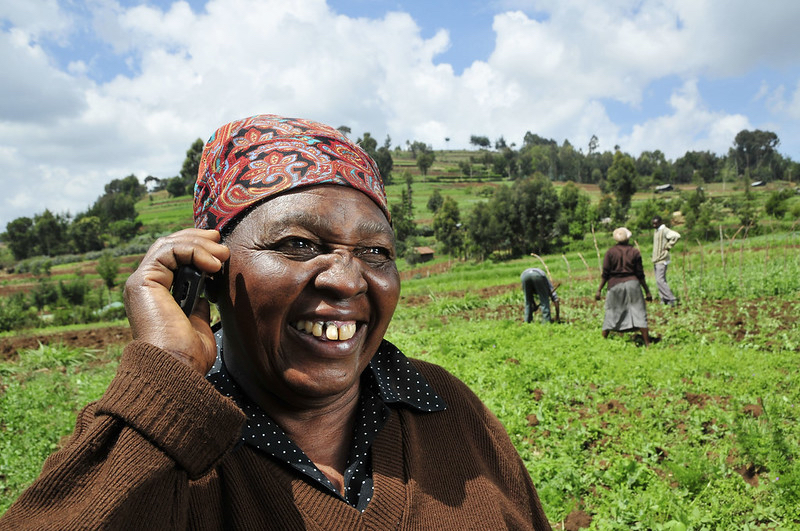

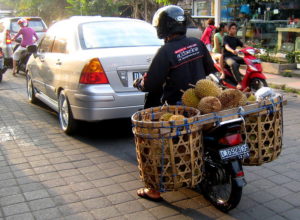
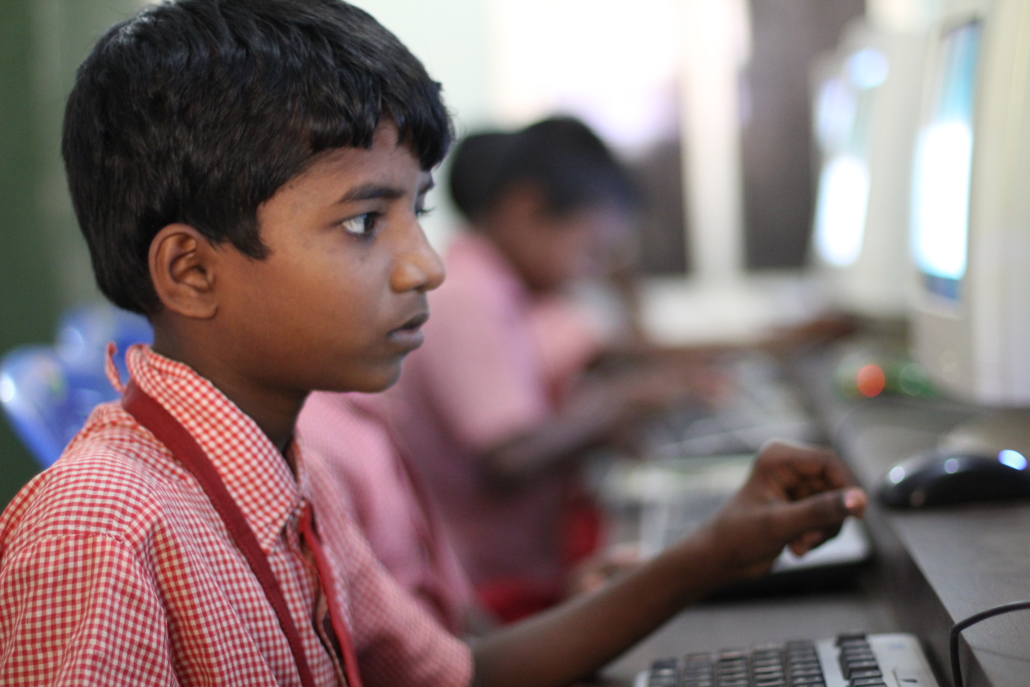 It is easy for many to take the internet for granted. Roaming around the city, chatting with friends and staying connected with family using mobile applications is possible only because of internet connectivity. One might argue that the internet comes as a luxury element post healthcare, energy, food, shelter and education. The Internet can help people with communication and decision making. For example, farmers can charge their yields at a reasonable price post referring to market prices on the internet. They can even predict weather and harvest accordingly. Money transfers from people across the city can occur instantaneously. This list never ends. Now the internet giant Facebook is teaming up with a company to provide free internet. Here is why Facebook added Reliance as a friend.
It is easy for many to take the internet for granted. Roaming around the city, chatting with friends and staying connected with family using mobile applications is possible only because of internet connectivity. One might argue that the internet comes as a luxury element post healthcare, energy, food, shelter and education. The Internet can help people with communication and decision making. For example, farmers can charge their yields at a reasonable price post referring to market prices on the internet. They can even predict weather and harvest accordingly. Money transfers from people across the city can occur instantaneously. This list never ends. Now the internet giant Facebook is teaming up with a company to provide free internet. Here is why Facebook added Reliance as a friend.